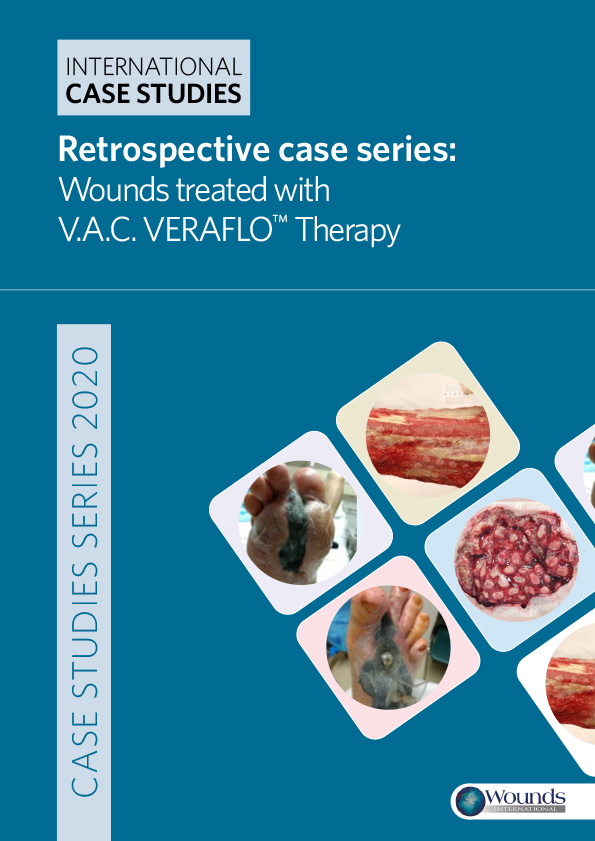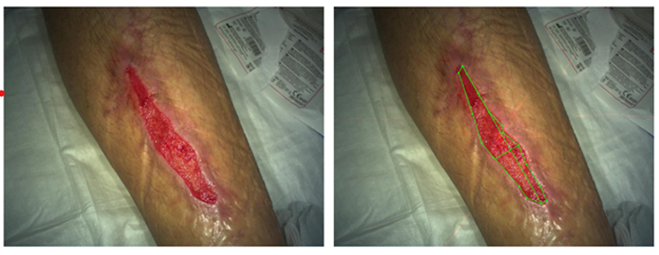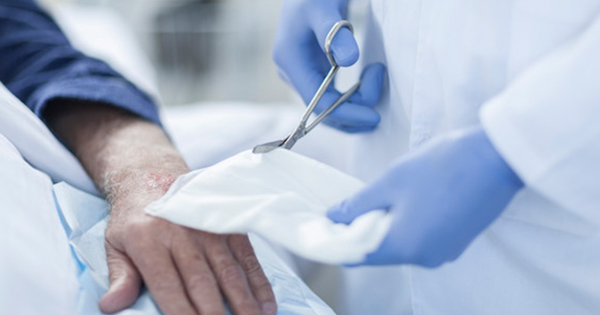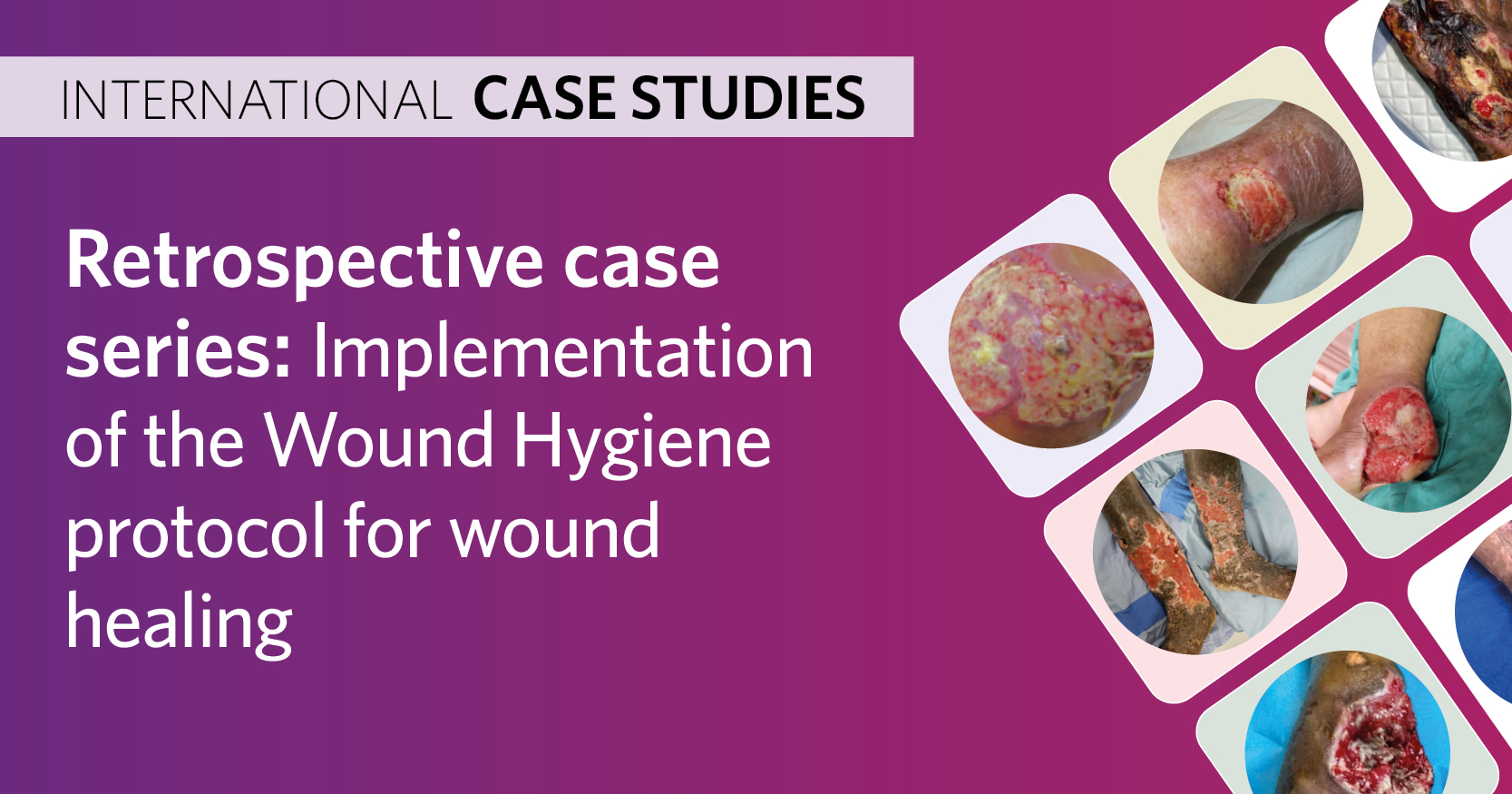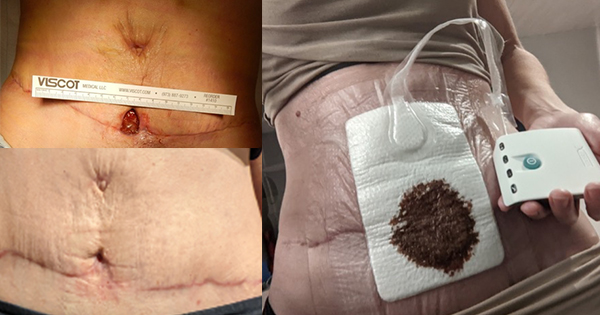Delayed wound healing remains a key challenge in clinical practice, with hard-to-heal wounds resulting in pain, morbidity, prolonged treatment, and in some instances requiring major reconstructive surgery (Agarwal et al, 2019). If wound healing is delayed for a substantial amount of time, this can be a challenge for clinical teams with regards to increasing complications, such as infection, resource expenditure, posing a great burden on the healthcare system.
It is well-known that wound infection and bioburden play a major role in delayed wound healing and so prompt diagnosis and treatment are necessary to stimulate wound closure and minimise the impact on the individual, their carer and healthcare systems (International Wound Infection Institute [IWII], 2016).
The principles of wound bed preparation drive the prevention and management of wound bioburden and guide the maintenance of the healthy wound bed, through therapeutic wound cleansing, and disruption and removal of non-viable tissue through debridement (IWII, 2016). Wound cleansing can:
- Potentially disrupt biofilm by decreasing bioburden through repeated cleansing cycles
- Promote healing of the wound
- Maintain the periwound and protect from maceration.

